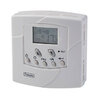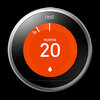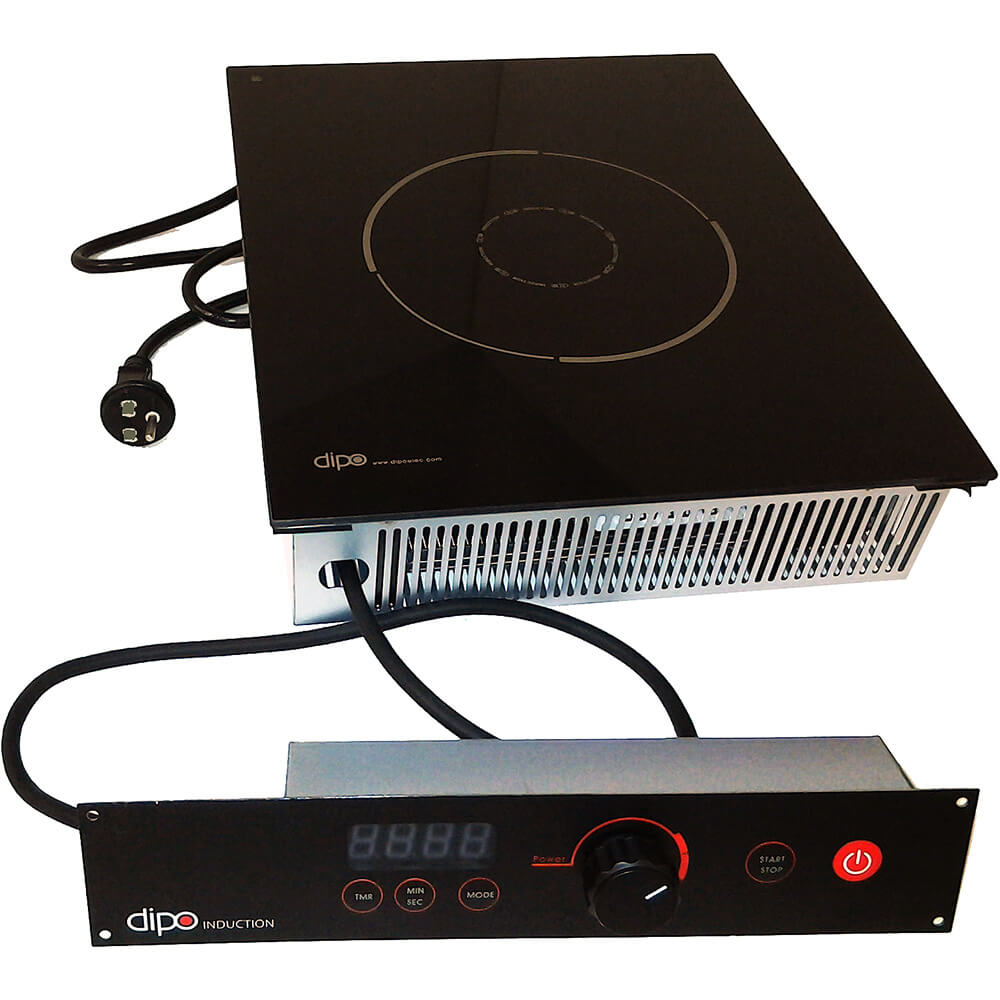Doesnt matter if the hob is gas, halogen, ceramic, hotplate, induction. Doesnt matter if the controls are touch, knobs, sliders. The controls should not be on the cooking surface.
I would agree, however they never are, so does not matter, however we called it a HMI (Human machine interface) and the idea be it controlling temperature of a room or temperature of a hob is to be easy and quick to use. Easy clean comes second. So my old thermostat,

needed glasses and instruction book, new one

simple easy dial and large display, same applies with cooker, it does not matter if magnetic knobs that can be removed for cleaning, knobs to side, knobs under a glass protector, you want to be able to adjust quick and easy, and also if possible easy clean. Having been use to simple knobs, I then tried mothers with touch controls, and to alter temperature you needed to select the heat area then multi touches to adjust heat setting, by which time milk would have boiled over. Also when sitting in a wheel chair the angle of one's eye to the hob resulted in the controls being invisible. The latter clearly dangerous as a short person or child could alter the settings without realising they has done so.
Lucky for us the county council considered they had made an error in advising we buy an induction hob due to mothers pace maker, and it was replaced with a halogen hob, it was very simple, 3 heat settings, think there were two elements of different sizes so it was small, large or both. However after using induction it was so slow, so turned off at isolator and used a Lidi single area stand alone induction hob instead when we moved in with her.
The Lidi unit was also rather simple, it did not have the safely features found on our Belling cooker, and although it had a knob, it also had some touch controls as well. Even the knob worked like a computer mouse turning it sent down or up pulses, so not as fast as the conventional knob. Seem to remember 200 watt to 2 kW in around 10 increments, however it also had a single touch off button. And if the touch controls include is single touch off button then as with knob, you can turn off as fast using controls as lifting the pan, so they can work.
The other point is auto switch off time, with our Belling I can remove frying pan from cooker put it under tap and add water and return to cooker without the cooker locking off. But mothers cooker would lock off in that time, so would have to use multi touches to reactivate. Looking at induction hobs before buying only one shop had a demo model. He showed boiling water with £5 note between pan and hob which was not burnt as a result, and showed touching the hob would not burn you, having to place weight on the hob may have done, but not an accidental touching, it was clear much safer for my mother who had a tendency to lean on things due to bad hip even before she lost her leg.
But after finding the problem of viewing the touch controls we went out to look as models to select one where you can see controls in a wheel chair, but finding any demo hobs with power to them so you could test the viewing angle was hard, so did not take a chance, we got one with knobs on. But we did not even think of the problem reading the hob when low down until mother said what little red thing. Then we got down to her eye level, and there was nothing to see, she was aiming for controls blind. Yes we could have put correction fluid around the sensor points to show where they were, but still shouldn't have to.
It was same with oven, the kitchen installer had very carefully measured hight of mothers wheel chair, so door just cleared the hand rests, which kept the oven low enough so she could just about see anything in the grill, however the numbers and icons on the knobs were on the top, so mother could not see what the setting was, I had to make discs to go behind the knobs so from below so could see setting.






